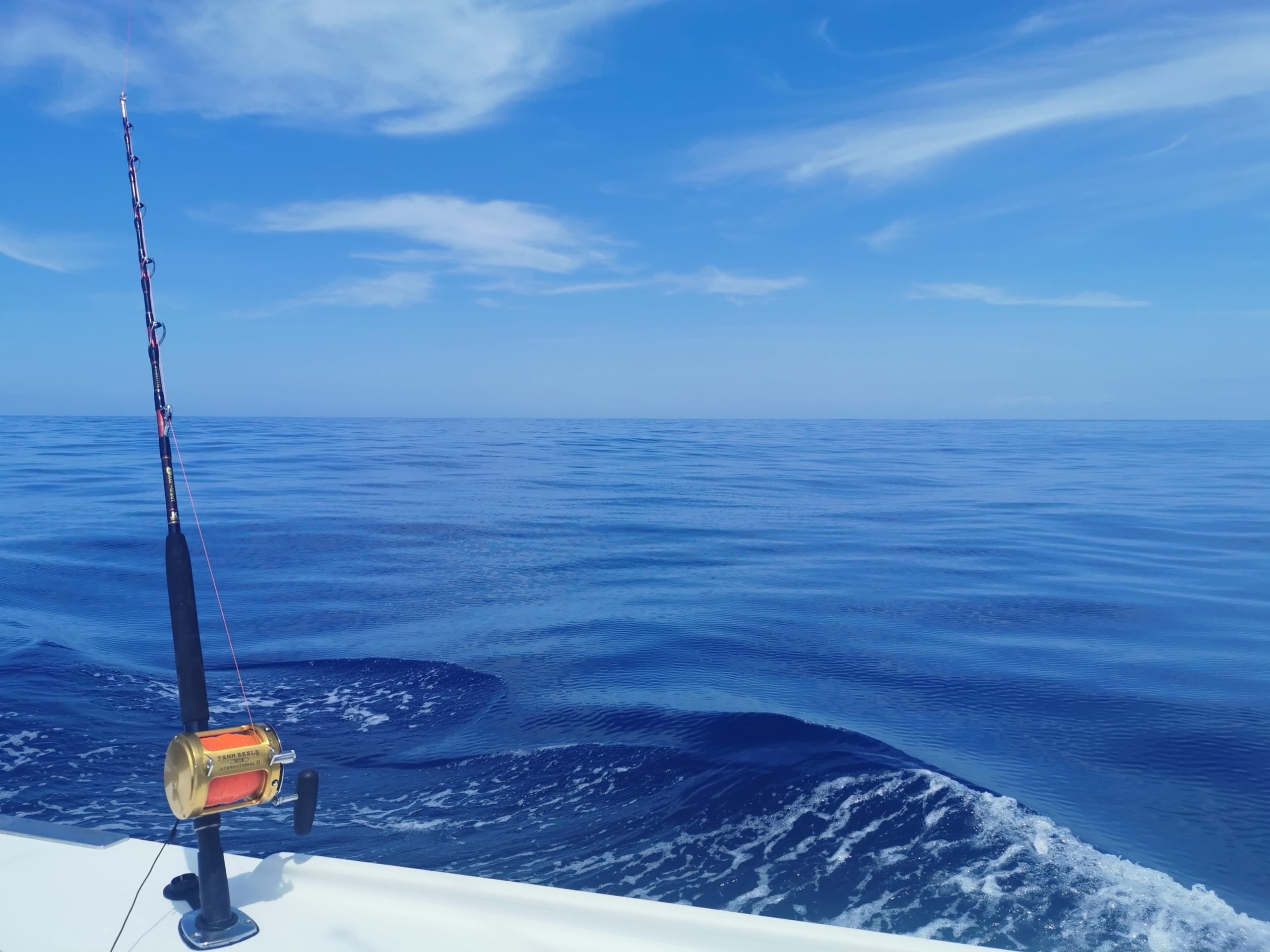Economics FAQs
All FAQs |
Customary Fisheries | Fisheries Management | maximum sustainable yield | QMS | Economics | Fishing | Rescue Fish | Environment | Fishing methods | Recreational Fishing | Fishcare | customary | Kahawai | Reform scam | Baitfish | Scallops | Crayfish | WRC decision | Marlin | Reef fish
May 29, 2020
Independent analysis by the NZ Institute of Economic Research shows that on the information available Māori own around 40% of quota shares (by volume) but only 10.7% of the total quota share value. This is a conservative estimate of iwi ownership and value because not all the relevant details are available; that is understandable given ... Read more.
August 23, 2018
In 1999 the South Australian Centre for Economic Studies (SACES) undertook a large scale survey of mainly boat fishers to apply the contingent valuation method to estimate consumer surplus from marine recreational fishing in New Zealand. A brief summary of the survey results are here. The SACES study used responses from over 3500 interviews undertaken ... Read more.
May 22, 2020
The recreational fishing industry contributes a significant amount of money to the New Zealand economy, which in turn supports fisheries management and other government services. Research by the New Zealand Marine Research Foundation in 2016 found that $946 million was spent annually on recreational fishing. This spending generated $1.7 billion dollars in economic activity nationwide ... Read more.
May 21, 2020
The Quota Management System enables quota owners to skim most of the profits from fishing in an uncompetitive market. This means Kiwi consumers can pay up to $40 per kilo for fish in the supermarket while huge quantities of New Zealand’s fish are exported for less than $3.00 per kilo.
May 21, 2020
Until March 2020, around 90% of annual commercial catch was exported. The Covid-19 restrictions have limited exports of fish from March 2020. There is no available data that provides a clear breakdown of exports in terms of the proportions of inshore vs offshore catch.
May 21, 2020
In 2018 fish exports were worth around $1.6 billion. Finfish exports were worth around $860 million, the export of molluscs was worth around $390 million and the export of crustaceans including crayfish was worth around $340 million.

